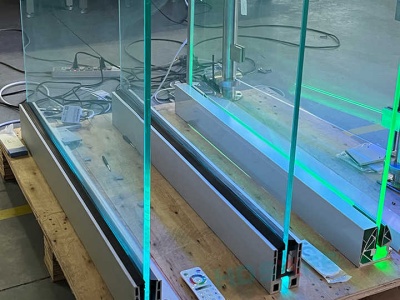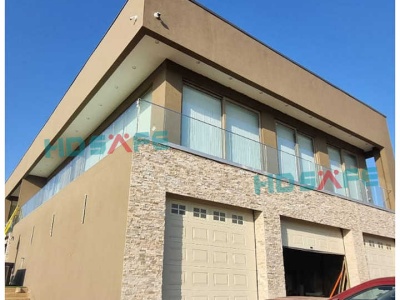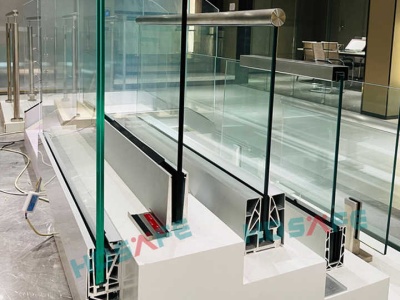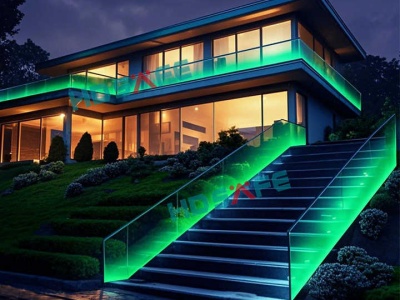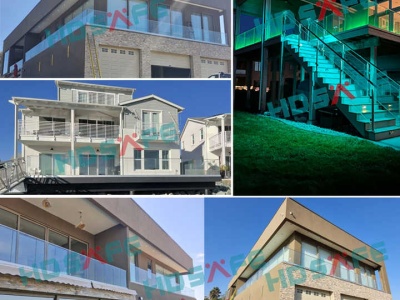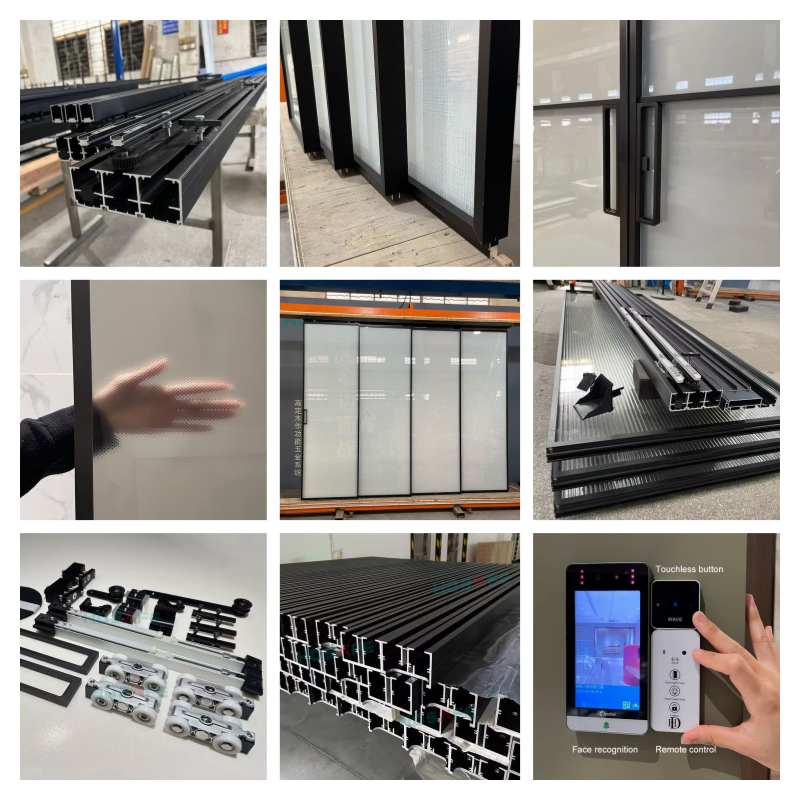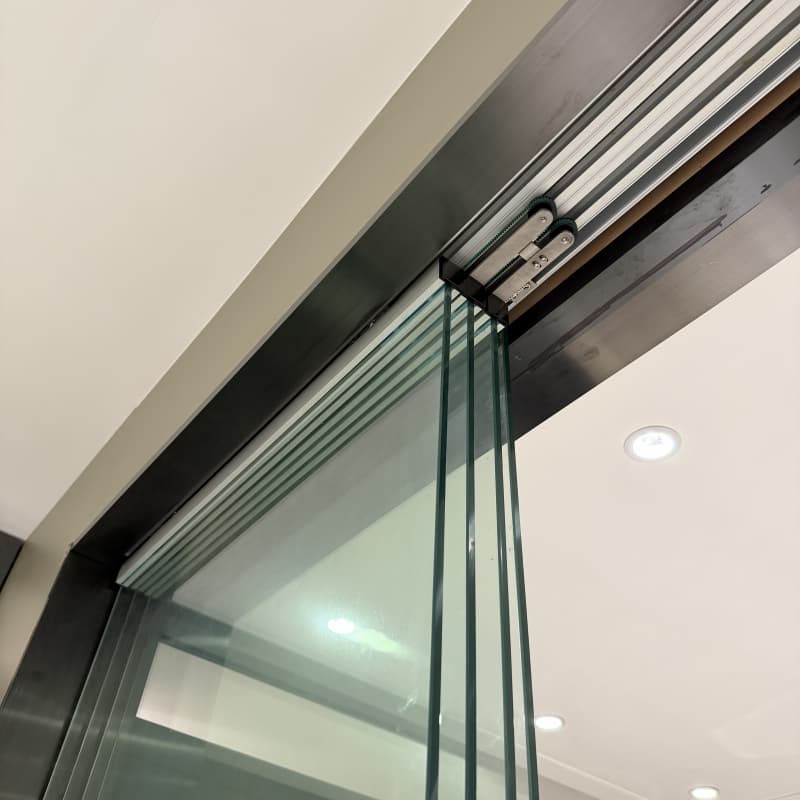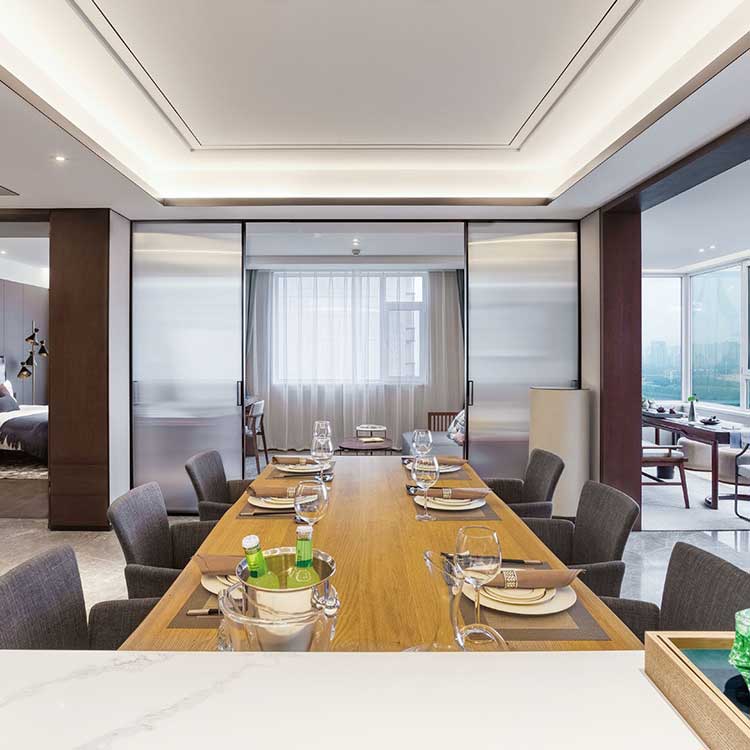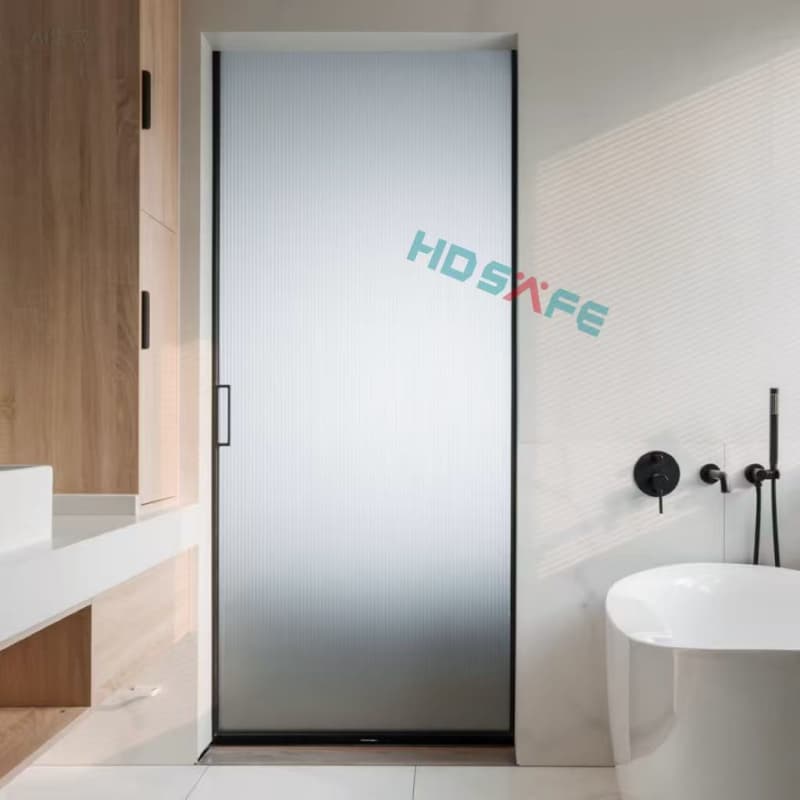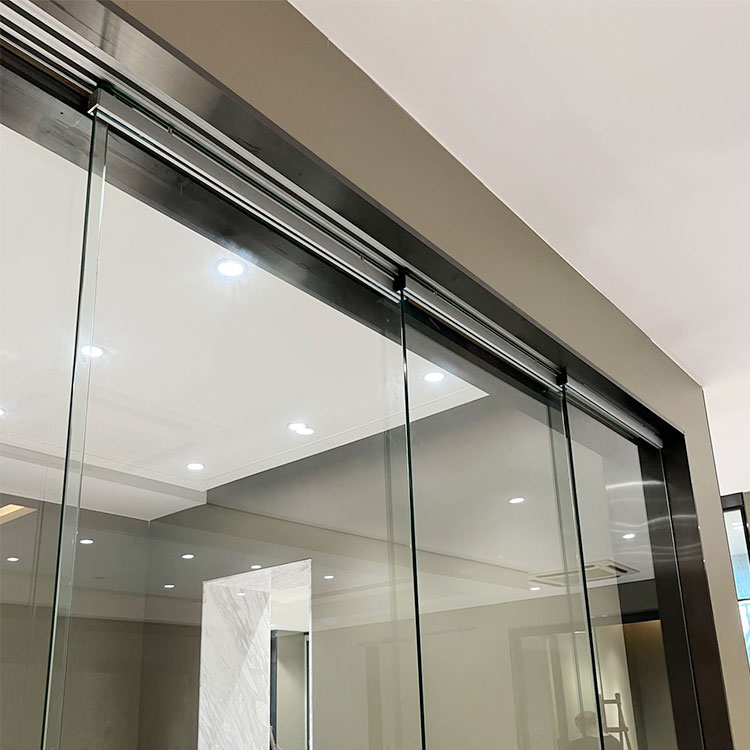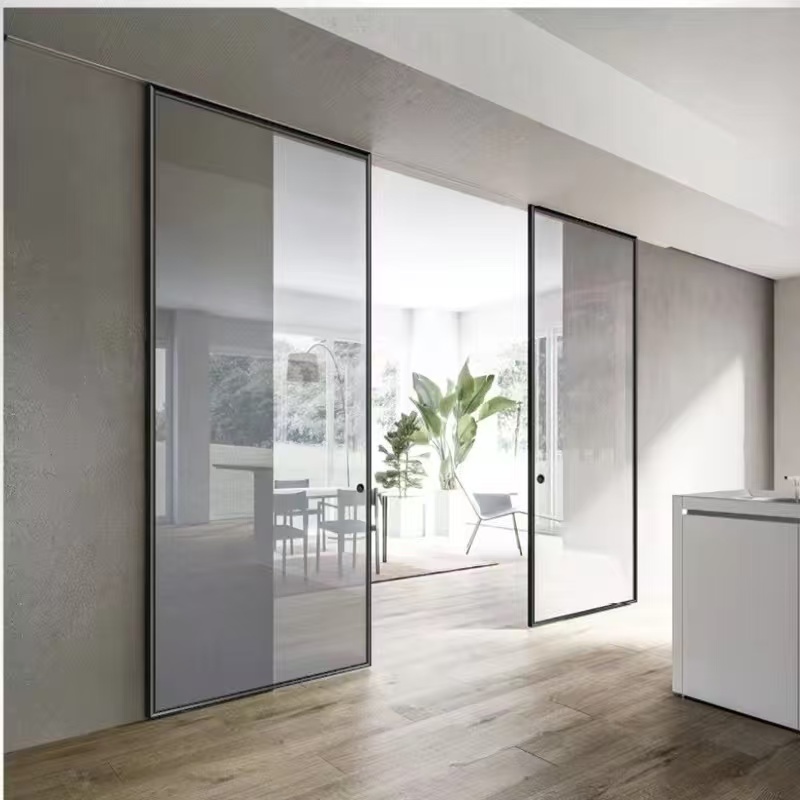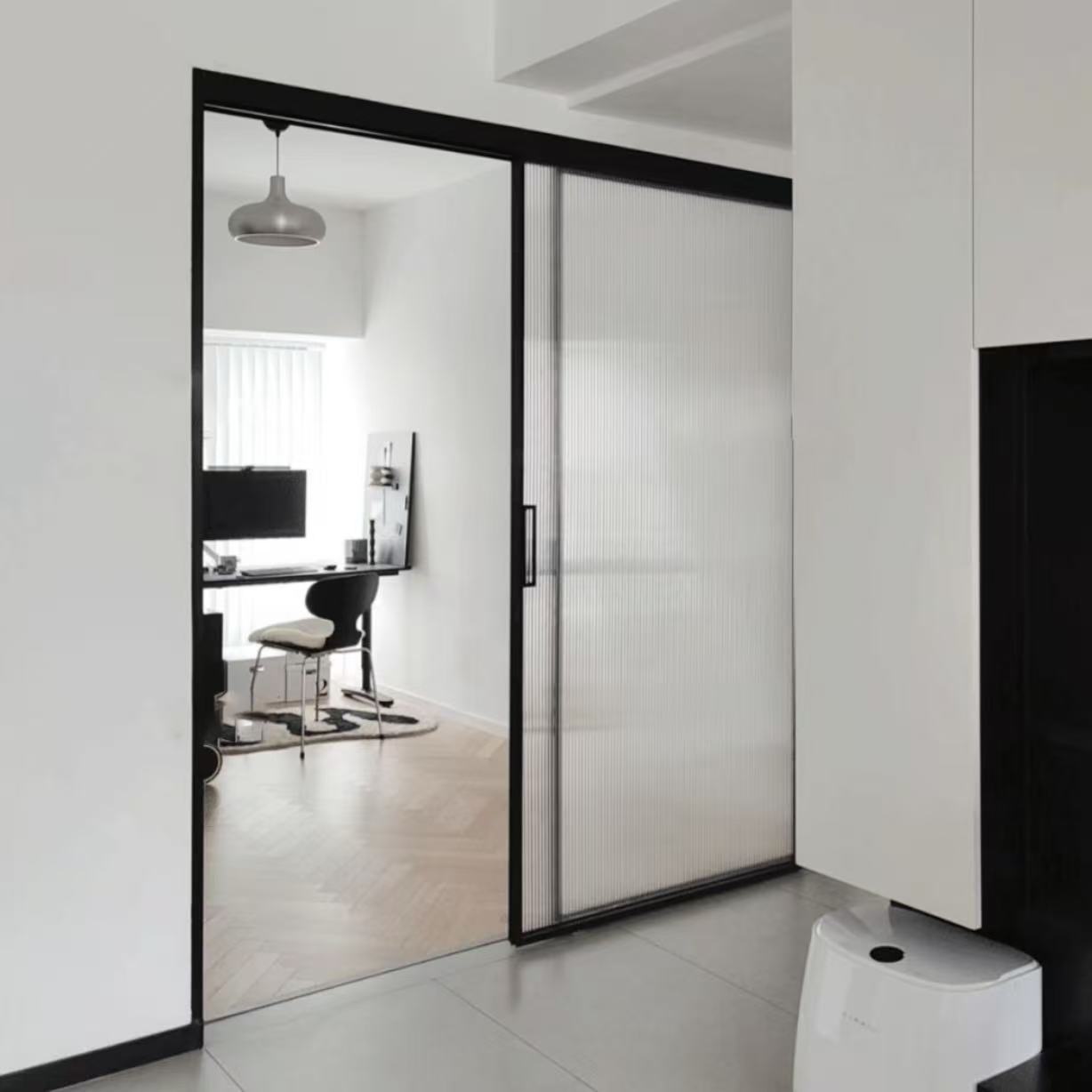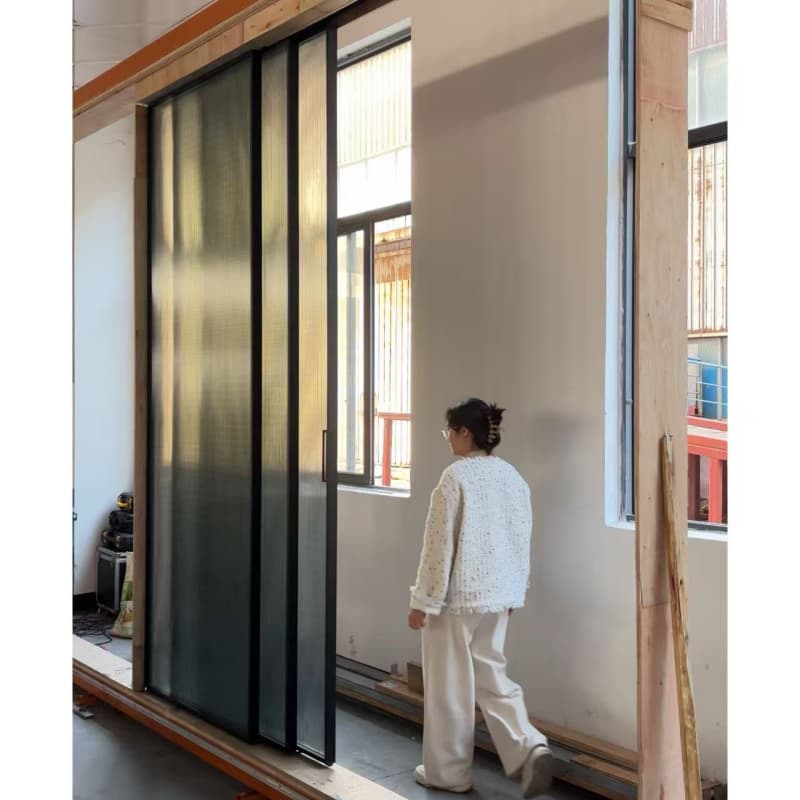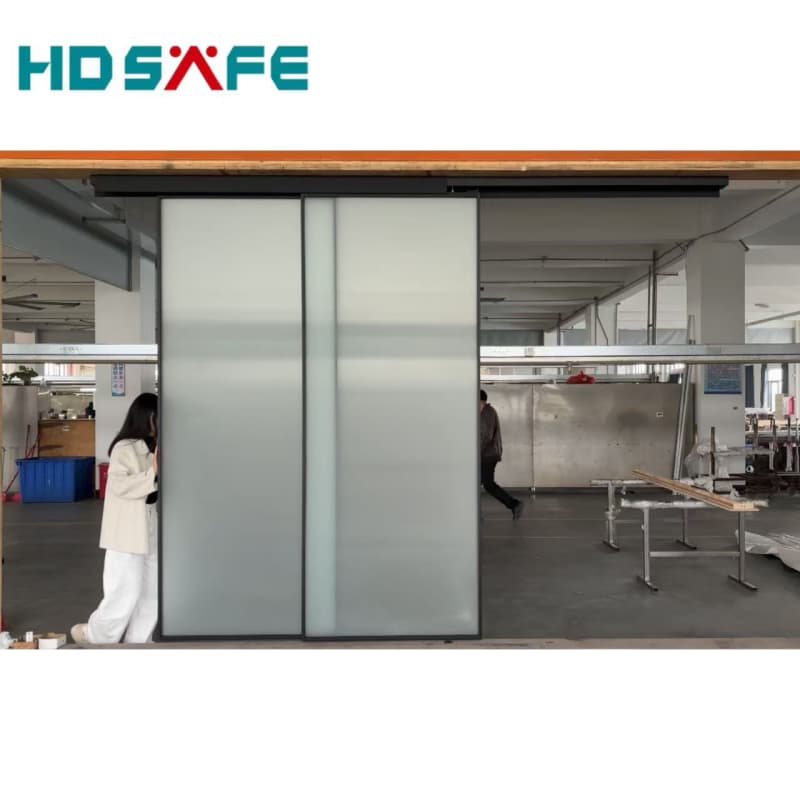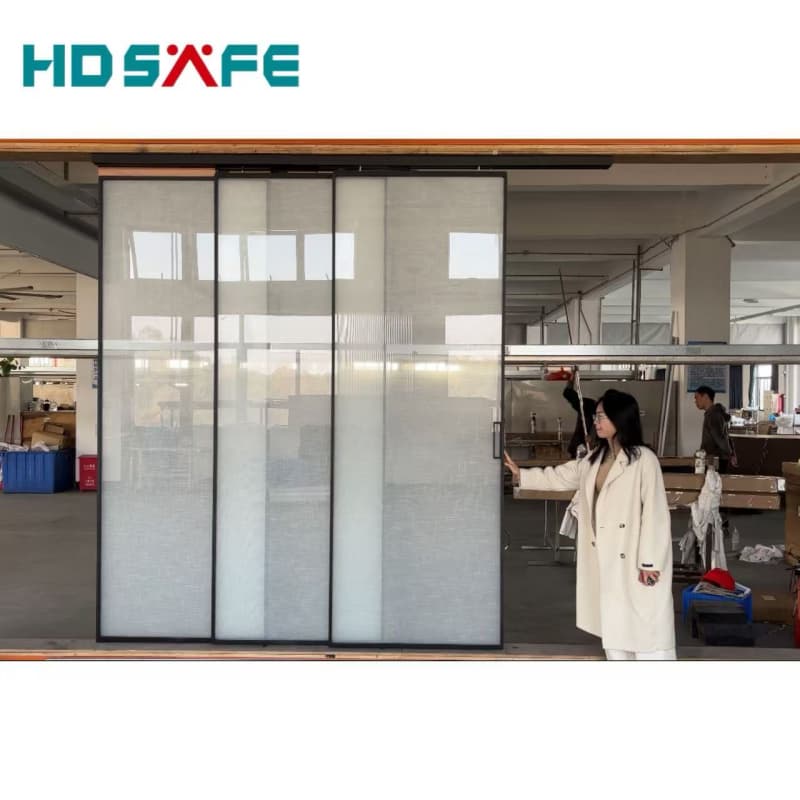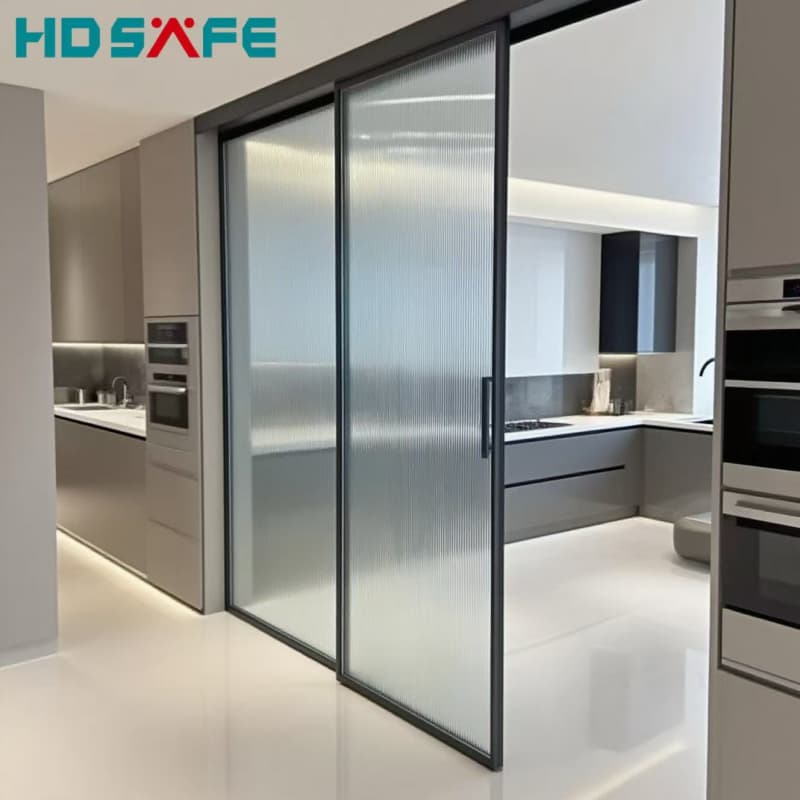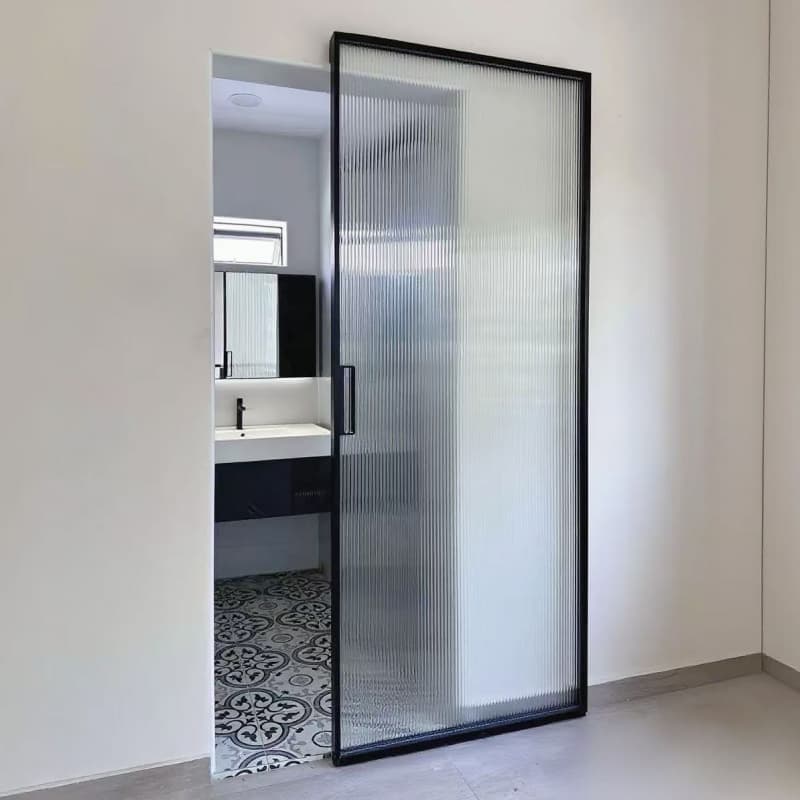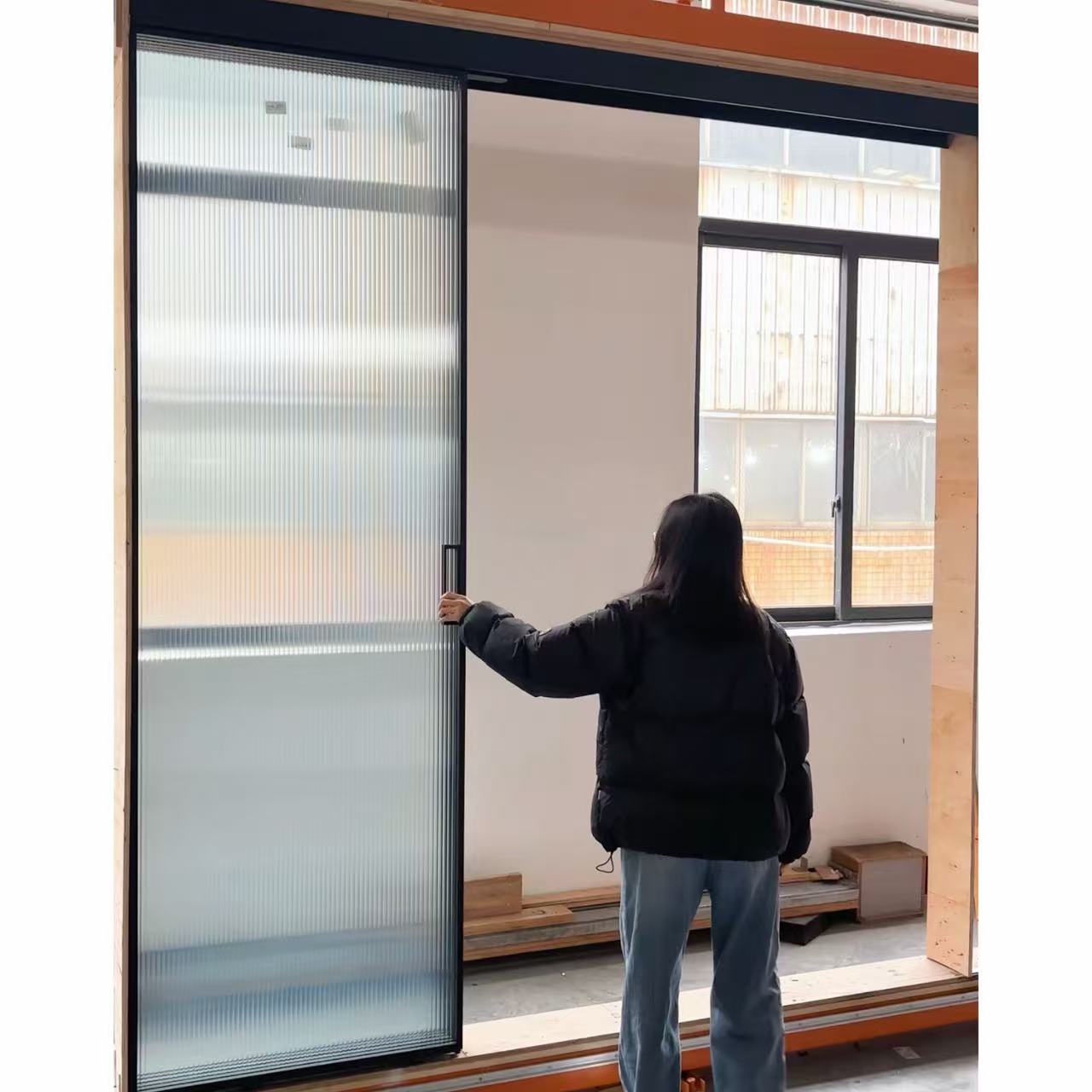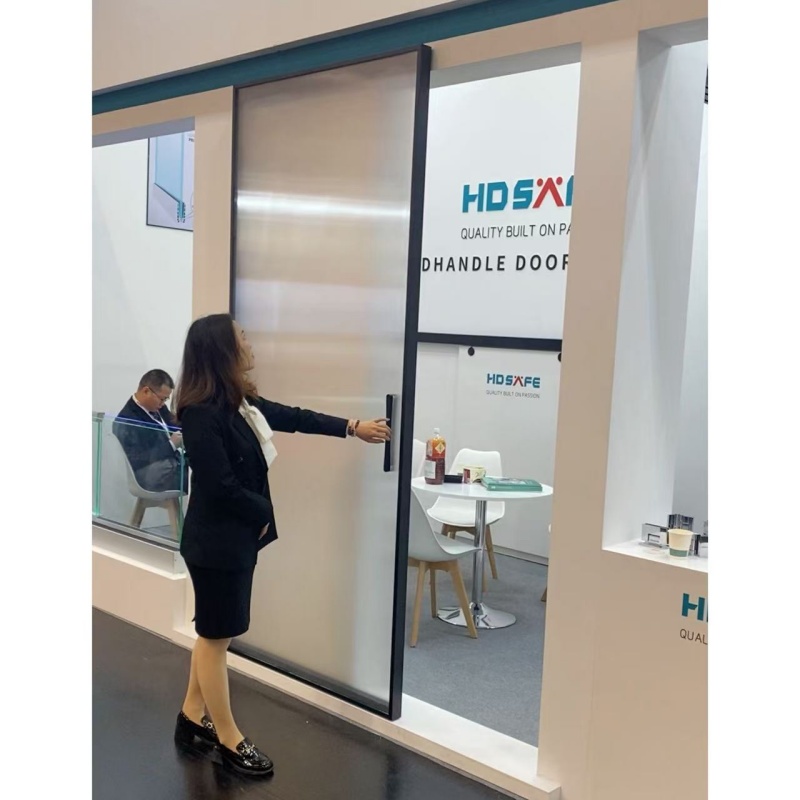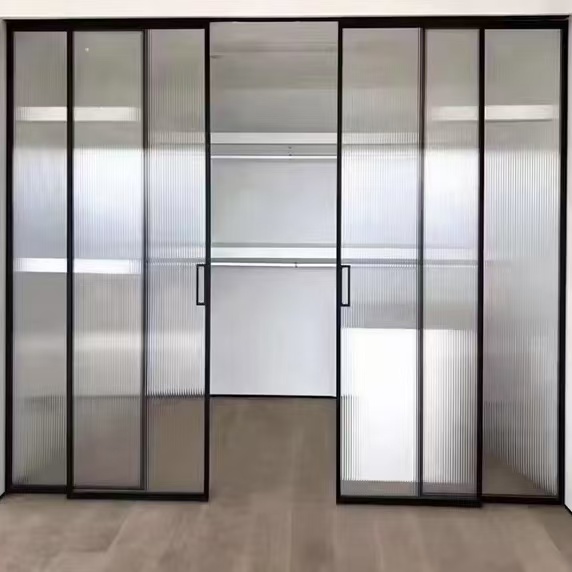What is Hidden Track Narrow Frame Sliding Glass Door?
In the ever-evolving world of architectural design and interior décor, the quest for innovative solutions that blend aesthetics, functionality, and efficiency has led to the emergence of various architectural elements. One such innovation that has significantly gained traction is the Hidden Track Narrow Frame Sliding Glass Door. This article delves into the intricacies of this modern architectural marvel, exploring its design, functionality, benefits, and the myriad of ways it can transform living spaces.
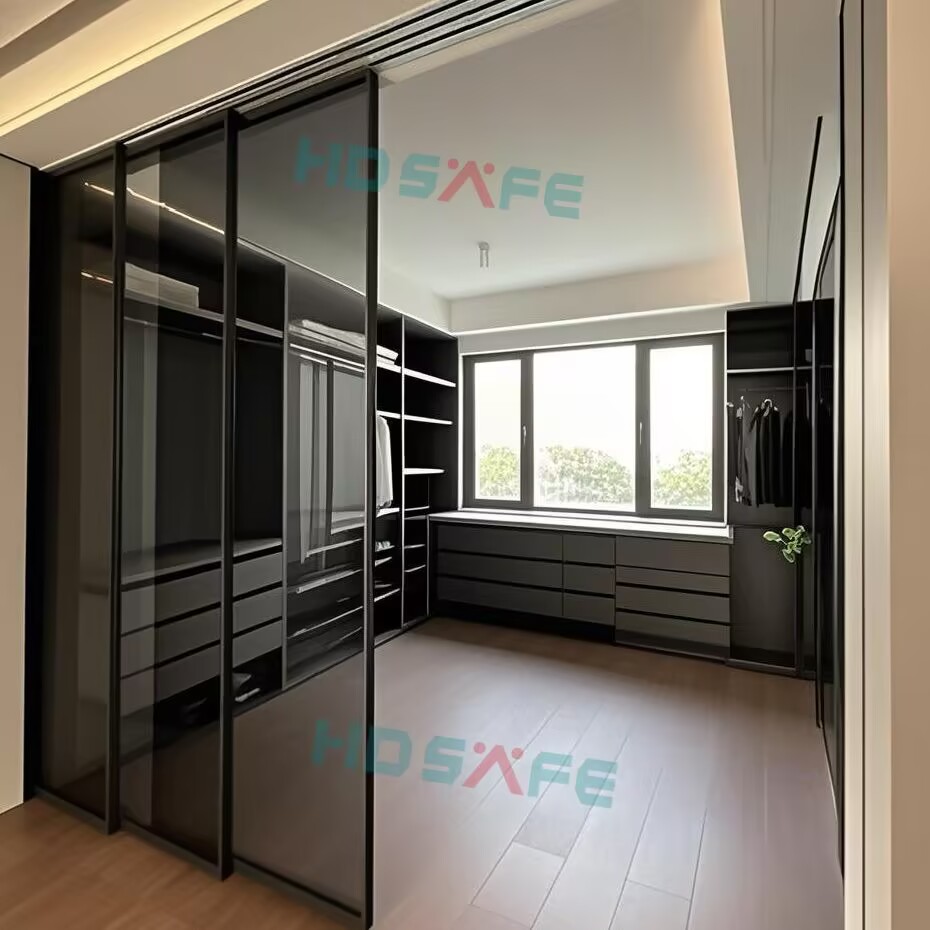
Understanding the Hidden Track Narrow Frame Sliding Glass Door
A Hidden Track Narrow Frame Sliding Glass Door is a type of sliding door that is characterized by its minimalistic design and the use of a concealed track system. Unlike traditional sliding doors that have visible tracks on the floor or ceiling, the hidden track system is ingeniously embedded within the door frame or the wall, rendering it nearly invisible to the naked eye. This results in a clean, unobstructed aesthetic that enhances the overall appeal of the space.
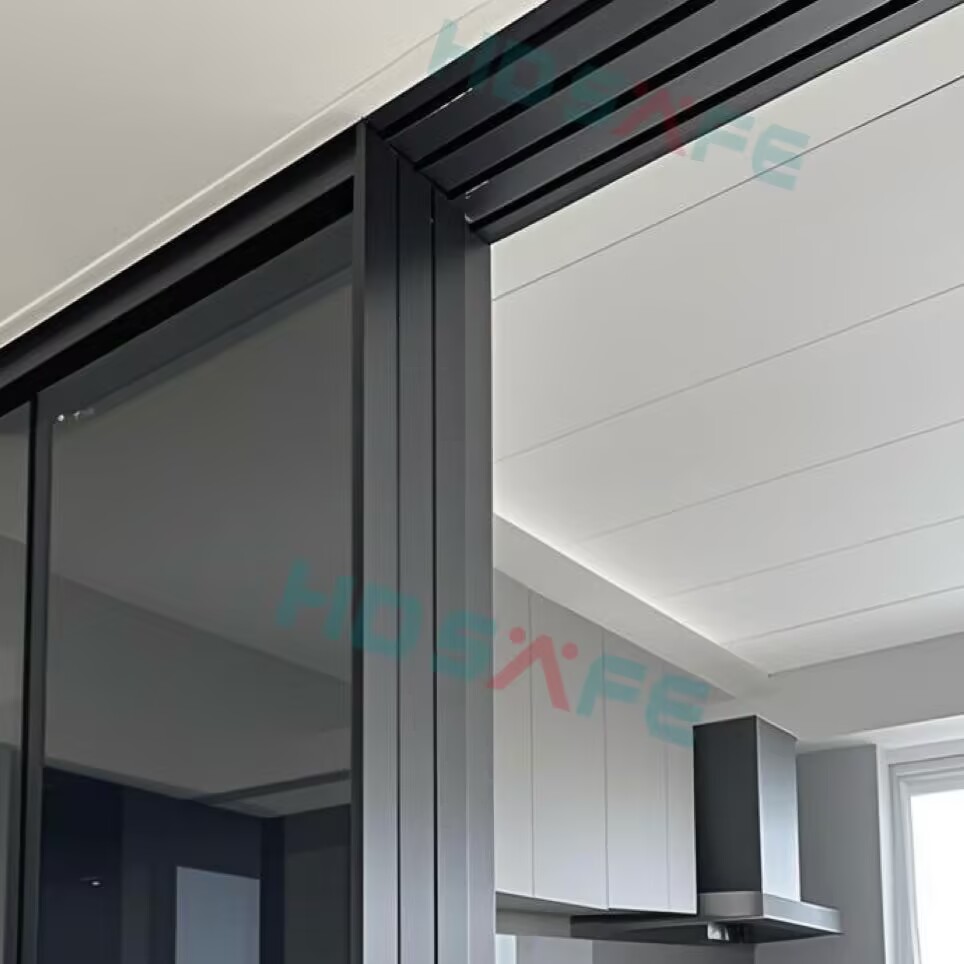
The narrow frame of the door is another defining feature. Unlike bulky, traditional doors that can encroach upon valuable floor space and visually clutter the room, narrow-frame doors are sleek and streamlined. They are designed to maximize the opening of the doorway, allowing for unimpeded access and a sense of openness. The combination of a hidden track and a narrow frame creates a door that is not only functional but also visually stunning, seamlessly integrating into modern and contemporary interior designs.
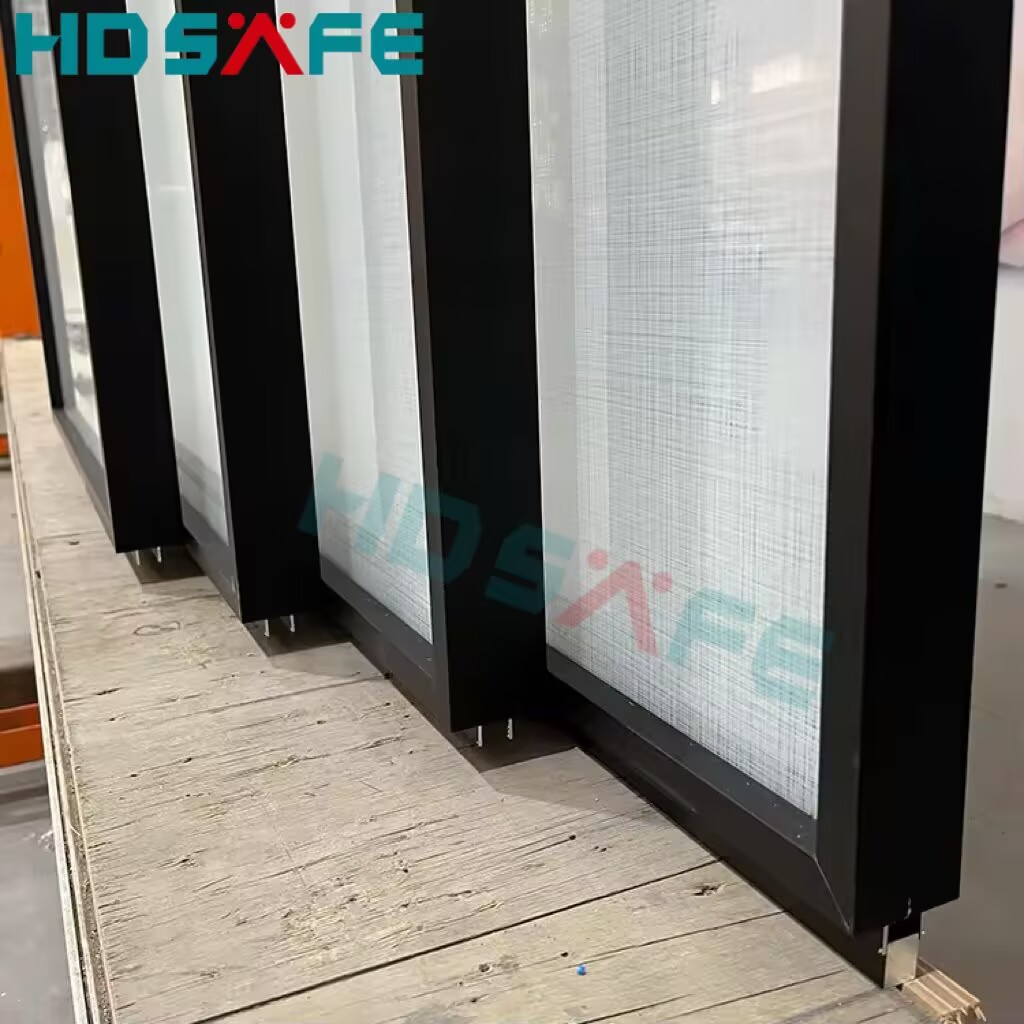
The Mechanics Behind the Hidden Track
The hidden track system is the heart of the Hidden Track Narrow Frame Sliding Glass Door. This system is meticulously engineered to ensure smooth and reliable operation while remaining unseen. There are several key components that make up the hidden track system:
1. Floor or Ceiling Tracks
In most cases, the hidden track is installed either in the floor or the ceiling. Floor-mounted tracks are concealed beneath a thin layer of flooring material, while ceiling-mounted tracks are integrated into the overhead structure. Both options require precise installation to ensure that the door glides smoothly without any disruptions.
2. Roller Mechanisms
High-quality rollers are attached to the top and sometimes the bottom of the door. These rollers are designed to move seamlessly along the hidden tracks, providing smooth and quiet operation. Advanced roller systems often feature ball bearings or similar mechanisms to reduce friction and wear, extending the lifespan of the door.
3. Support Structures
To ensure the stability and durability of the door, support structures are integrated into the design. These may include vertical tracks or brackets that guide the door and prevent it from swaying or misaligning. The support structures are carefully engineered to distribute the weight of the door evenly, ensuring smooth operation over time.
4. Weatherproofing Components
For exterior sliding doors, weatherproofing is a critical consideration. Hidden track systems often include specialized seals and gaskets to prevent air and water infiltration. These components are designed to maintain the aesthetic appeal of the hidden track while providing robust protection against the elements.
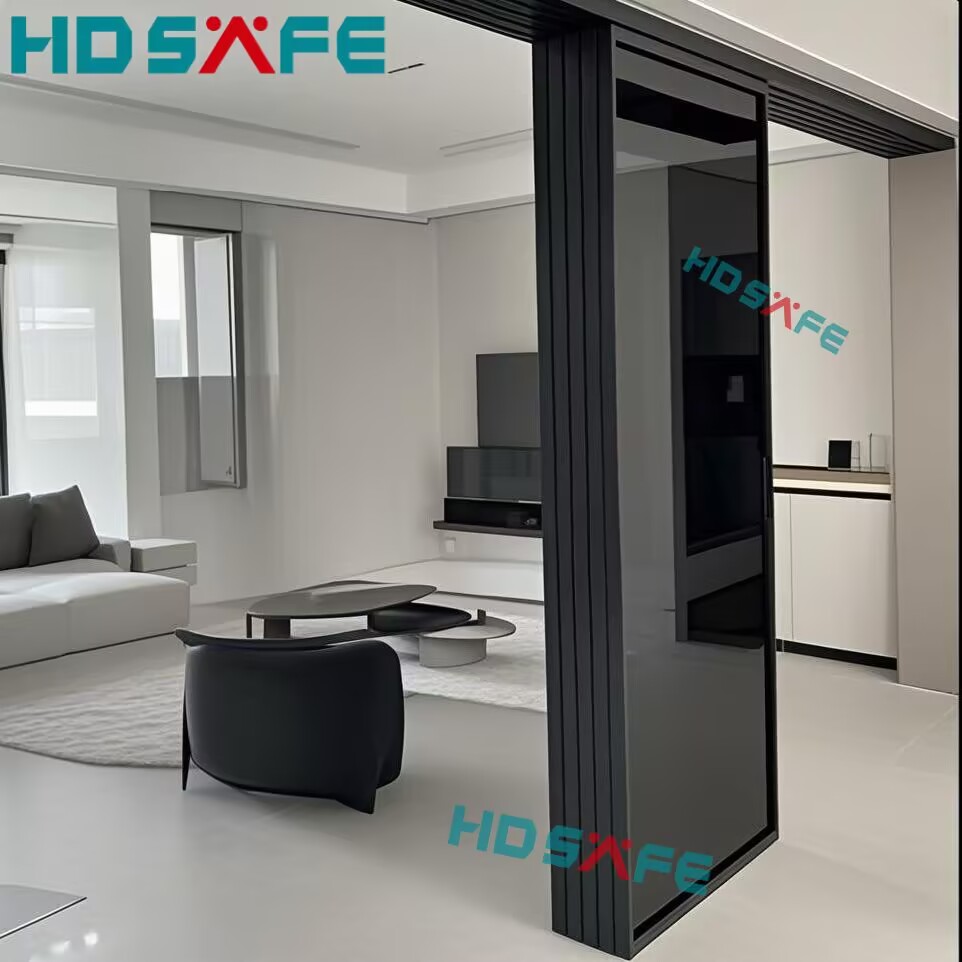
Benefits of Hidden Track Narrow Frame Sliding Glass Doors
The Hidden Track Narrow Frame Sliding Glass Door offers a multitude of benefits that make it an attractive option for modern homes and commercial spaces. Let's explore some of the key advantages:
1. Unobstructed Aesthetic Appeal
One of the most significant benefits of the hidden track narrow frame sliding glass door is its ability to enhance the visual appeal of a space. The absence of visible tracks means that the door does not disrupt the flow of the room. Instead, it creates a seamless and modern look that can elevate the overall design of the space. Whether used as a partition between indoor and outdoor areas or as a room divider, the hidden track door seamlessly integrates into contemporary interiors.
2. Maximization of Space
In today's urban living environments, where square footage is at a premium, maximizing space is crucial. The narrow frame design of these sliding glass doors allows for a larger opening, providing unobstructed access between spaces. This can be particularly beneficial in small apartments, lofts, or open-plan living areas, where every inch of space counts. The ability to slide the door effortlessly to the side or stack it when not in use further maximizes the usable space in the room.
3. Enhanced Natural Light and Ventilation
Sliding glass doors are inherently designed to allow natural light and ventilation to flow freely between spaces. The incorporation of frameless or narrow-frame glass panels maximizes the amount of light that enters the room, creating a bright and airy atmosphere. This can be particularly beneficial in spaces that might otherwise feel dark or enclosed. Additionally, the ability to open the door fully allows for cross-ventilation, improving indoor air quality and creating a more comfortable living environment.
4. Versatility and Functionality
Hidden track narrow frame sliding glass doors are highly versatile and can be used in a variety of applications. They are commonly used in modern homes to separate living areas, connect indoor and outdoor spaces, or create sleek room dividers. In commercial settings, these doors are often used in offices, retail spaces, and public buildings to provide a modern and functional solution that enhances the overall ambiance.
5. Modern and Sophisticated Aesthetic
The sleek and minimalist design of hidden track narrow frame sliding glass doors aligns seamlessly with contemporary architectural trends. The clean lines and translucent panels create a sense of openness and sophistication, making them a popular choice for modern homes and interiors. The ability to customize the glass panels with various finishes, such as frosted or tinted glass, allows for further personalization and adaptability to different design preferences.
6. Energy Efficiency
Modern hidden track narrow frame sliding glass doors are often equipped with energy-efficient features such as double or triple glazing, low-emissivity coatings, and weatherproofing seals. These features help to reduce heat transfer, minimize energy loss, and maintain a comfortable indoor climate. By improving the energy efficiency of the building envelope, these doors contribute to lower energy bills and a reduced carbon footprint.
7. Easy Maintenance and Durability
Hidden track narrow frame sliding glass doors are designed for ease of maintenance and long-term durability. The concealed track system reduces the accumulation of dirt and debris, making it easier to keep the door clean and functional. High-quality materials, such as aluminum or stainless steel frames and tempered glass panels, ensure that the door can withstand the test of time and exposure to the elements.
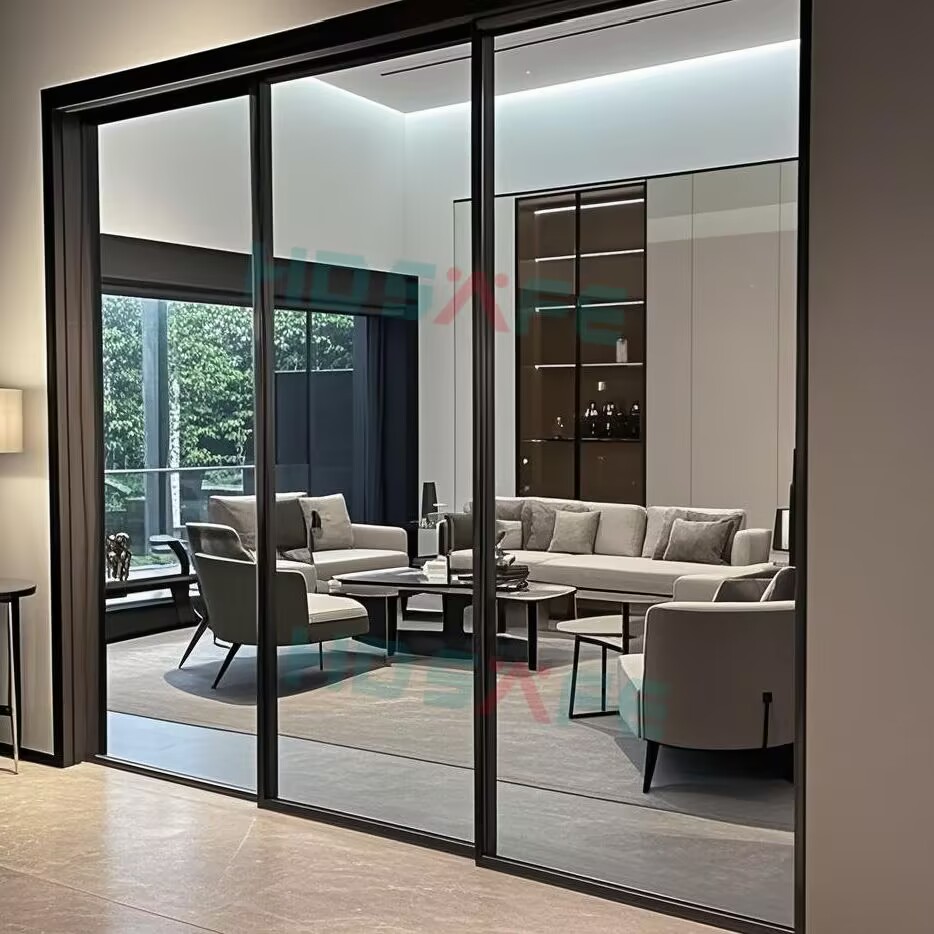
Applications of Hidden Track Narrow Frame Sliding Glass Doors
The versatility of hidden track narrow frame sliding glass doors makes them suitable for a wide range of applications in both residential and commercial settings. Here are some of the most common uses:
1. Partitioning Living Spaces
One of the most popular uses of hidden track narrow frame sliding glass doors is to partition living spaces within a home. Whether used to separate a living area from a dining area or to create a cozy nook within an open-plan layout, these doors provide a sleek and functional solution. The ability to slide the door open or closed allows for flexibility in the use of space, enabling homeowners to adapt the layout to their needs.
2. Connecting Indoor and Outdoor Spaces
Hidden track narrow frame sliding glass doors are often used to connect indoor and outdoor spaces, such as patios, decks, or gardens. The large glass panels provide an unobstructed view of the outdoors, creating a seamless transition between the interior and exterior. This can enhance the sense of space and bring the beauty of the natural surroundings indoors, making it an ideal solution for homes with outdoor living areas.
3. Room Dividers in Commercial Spaces
In commercial settings, hidden track narrow frame sliding glass doors are commonly used as room dividers to create flexible and adaptable spaces. They can be used to separate different areas within an office, retail store, or public building, providing privacy where needed while maintaining an open and airy atmosphere. The sleek design of these doors also contributes to the modern and professional aesthetic of commercial spaces.
4. Bathrooms and Wet Areas
Hidden track narrow frame sliding glass doors are also popular in bathrooms and other wet areas, where they serve as shower enclosures or room dividers. The waterproof design and ease of maintenance make them well-suited for these environments. The large glass panels allow natural light to penetrate, creating a bright and inviting atmosphere while maintaining privacy.
5. Home Theaters and Media Rooms
In home theaters and media rooms, hidden track narrow frame sliding glass doors can be used to separate the entertainment area from the rest of the home. The sleek design and ability to create a sense of openness make them an attractive option for these spaces. When the door is open, it creates a seamless flow between the media room and the adjacent area, while when closed, it provides privacy and sound insulation.
6. Closet and Storage Solutions
Hidden track narrow frame sliding glass doors can also be used as innovative solutions for closets and storage areas. The narrow frame design allows for maximum use of space, while the glass panels provide a clear view of the contents, making it easy to find what you need. This can be particularly useful in small closets or storage units, where space is at a premium.
Considerations When Choosing a Hidden Track Narrow Frame Sliding Glass Door
When selecting a hidden track narrow frame sliding glass door, there are several factors to consider to ensure that it meets your specific needs and preferences:
1. Frame Material
The frame material is a crucial consideration, as it affects the durability, maintenance, and overall appearance of the door. Common materials include aluminum, stainless steel, and PVC. Aluminum is a popular choice due to its strength, lightweight nature, and resistance to corrosion. Stainless steel offers a sleek and modern look, while PVC is a more budget-friendly option that still provides good durability.
2. Glass Type
The type of glass used in the door is another important consideration. Tempered glass is a popular choice for its strength and safety features, while laminated glass offers added security and sound insulation. For privacy, frosted or tinted glass can be used. It's important to choose a glass type that meets your specific needs and complies with local building codes and regulations.
3. Track System
The quality and reliability of the hidden track system are essential for the smooth operation of the door. Look for a reputable manufacturer that uses high-quality materials and advanced engineering techniques. It's also important to consider the type of track—floor-mounted, ceiling-mounted, or wall-mounted—and ensure that it is suitable for your specific application.
4. Installation
Proper installation is critical to ensure the smooth operation and longevity of the door. It's recommended to hire a professional installer with experience in installing hidden track narrow frame sliding glass doors. This will ensure that the door is properly aligned, the track is correctly installed, and the door functions as intended.
5. Maintenance
Regular maintenance is necessary to keep the door in optimal condition. This includes cleaning the glass panels, checking the track and rollers for debris, and lubricating the moving parts as needed. It's important to follow the manufacturer's maintenance guidelines to ensure the longevity and performance of the door.
6. Budget
Hidden track narrow frame sliding glass doors can vary in price depending on the materials, size, and features. It's important to set a budget and choose a door that offers the best value for your investment. While it may be tempting to opt for the cheapest option, it's important to consider the long-term durability and maintenance costs, as well as the overall aesthetic and functional benefits of the door.
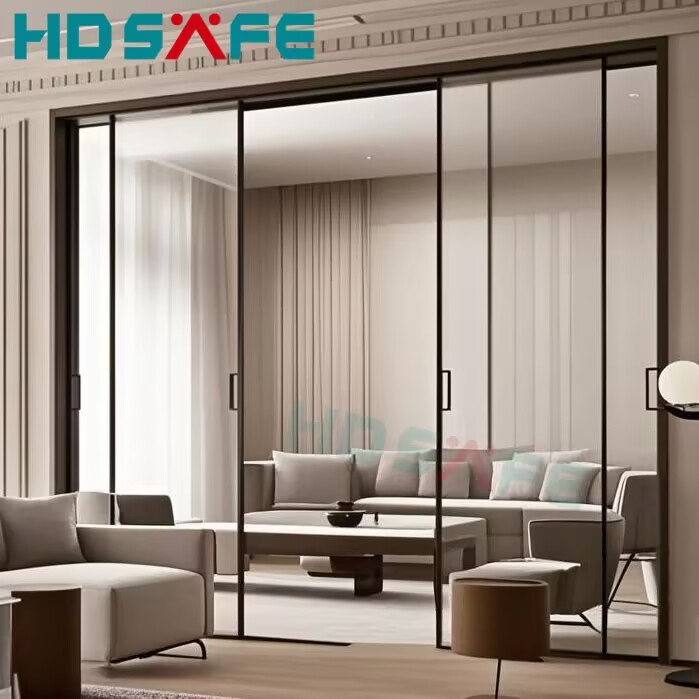
Installation Process
The installation of a hidden track narrow frame sliding glass door is a complex process that requires careful planning and execution. Here is a general overview of the steps involved:
1. Planning and Measurement
The first step in the installation process is to carefully plan and measure the space where the door will be installed. This includes determining the size of the door, the type of track system, and the location of the tracks. It's important to take accurate measurements and create a detailed plan to ensure a smooth installation process.
2. Preparation
Once the measurements and plan are finalized, the next step is to prepare the space for installation. This may involve removing any existing doors or partitions, cleaning the area, and ensuring that the floor or ceiling is level and stable. It's also important to check for any obstructions or challenges that may affect the installation process.
3. Installation of the Tracks
The next step is to install the hidden tracks. For floor-mounted tracks, this involves embedding the tracks into the floor material, ensuring that they are level and properly aligned. For ceiling-mounted tracks, this involves integrating the tracks into the overhead structure, ensuring that they are securely attached and can support the weight of the door. Wall-mounted tracks follow a similar process, with the tracks embedded into the wall.
4. Assembly of the Door
Once the tracks are installed, the next step is to assemble the door. This involves attaching the glass panels to the narrow frame and installing the rollers onto the top and bottom of the door. It's important to ensure that the door is properly aligned and that the rollers move smoothly along the tracks.
5. Installation of the Door
With the door assembled, the next step is to install it into the tracks. This involves carefully sliding the door into place and ensuring that it moves smoothly along the tracks. It's important to check for any obstructions or misalignments that may affect the operation of the door.
6. Final Adjustments and Testing
Once the door is installed, the final step is to make any necessary adjustments and conduct a series of tests to ensure that the door functions properly. This includes checking the alignment of the tracks, the smoothness of the door's movement, and the proper sealing of the door. It's important to address any issues before completing the installation process.





 Home
Home May 30,2025
May 30,2025 
 Hidden Track Sliding Glass Door: A Comprehensive Guide to Modern Space-Saving Solutions
Hidden Track Sliding Glass Door: A Comprehensive Guide to Modern Space-Saving Solutions 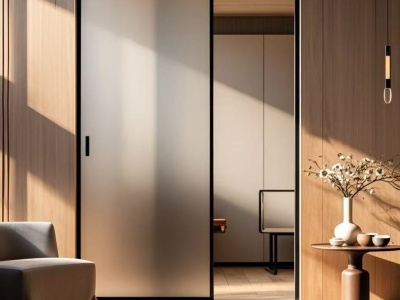
 May 20,2025
May 20,2025 
